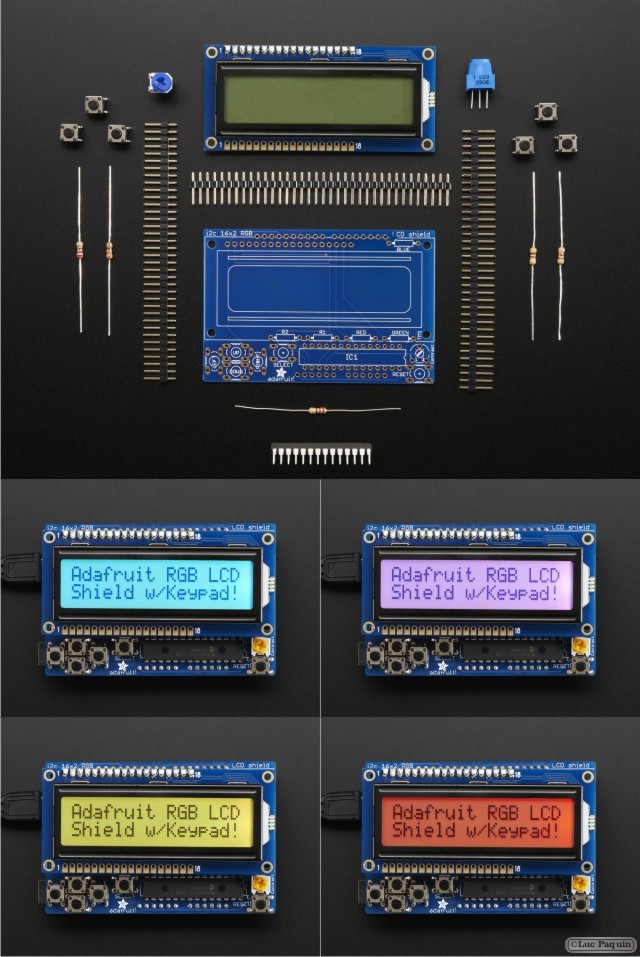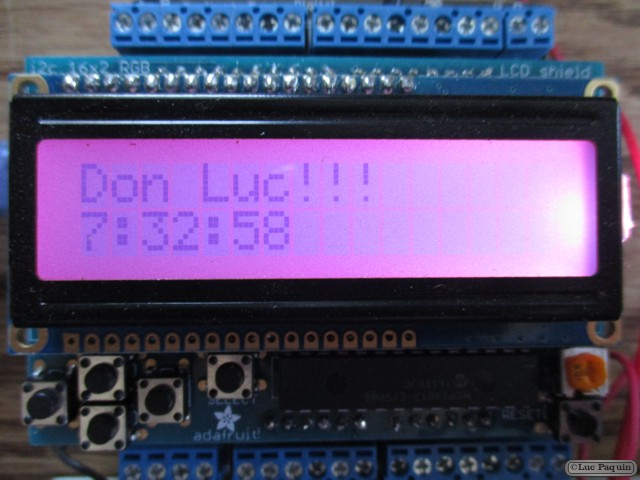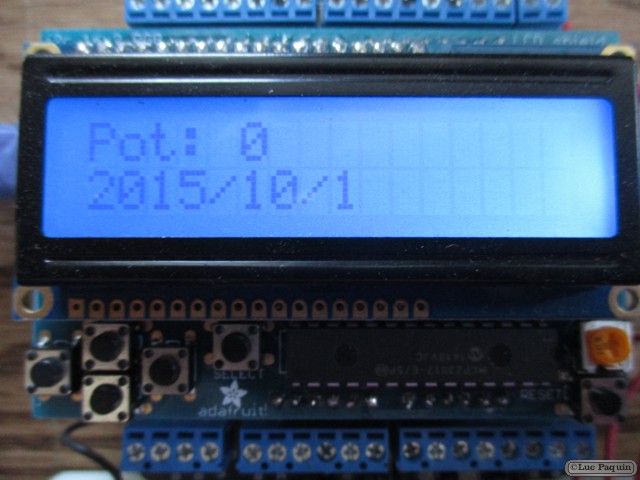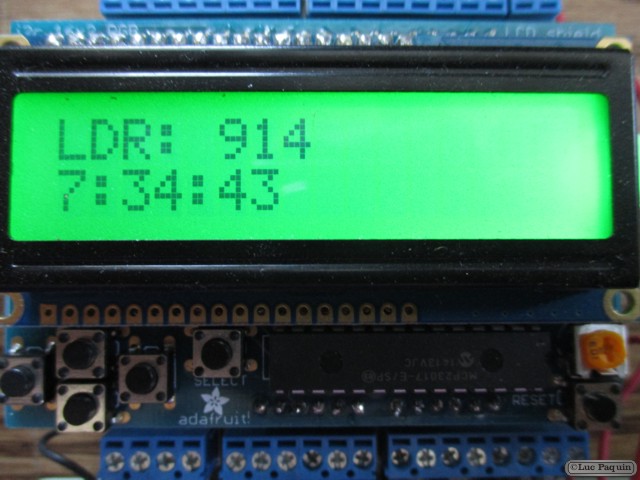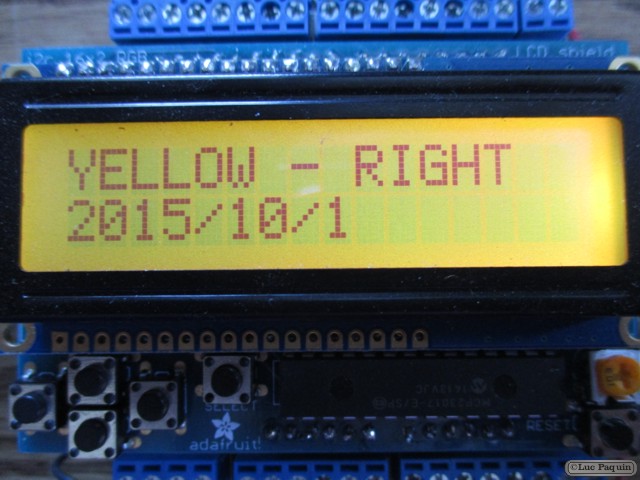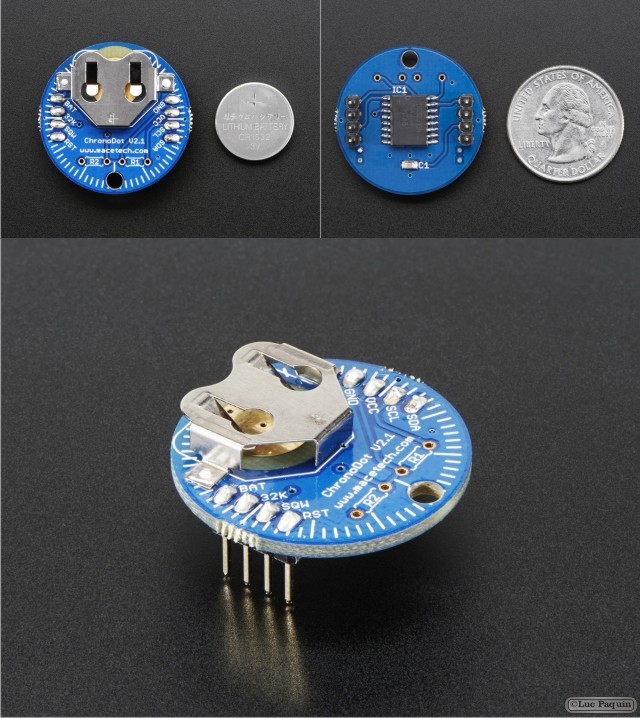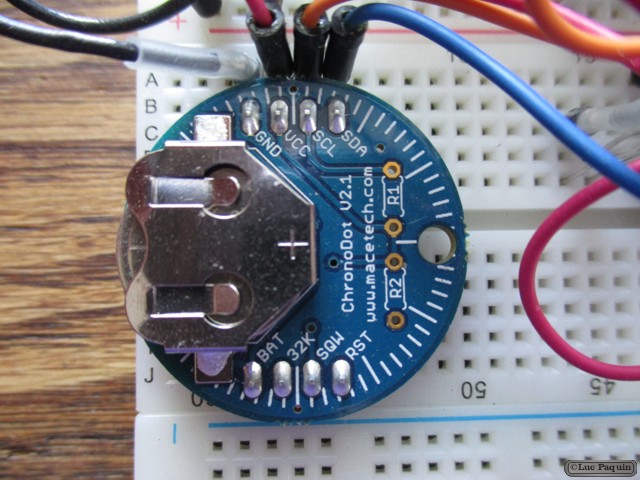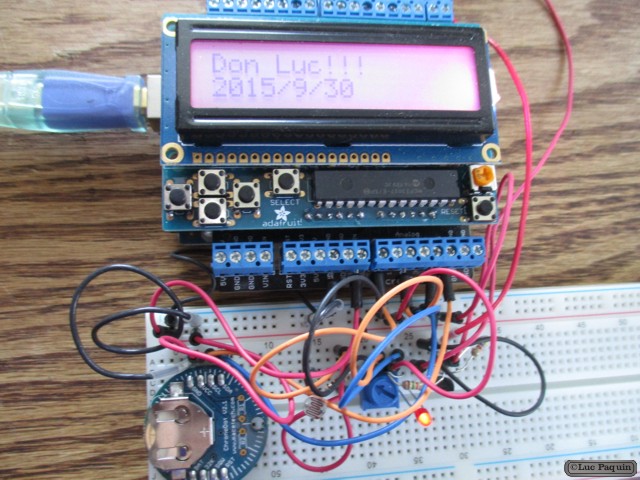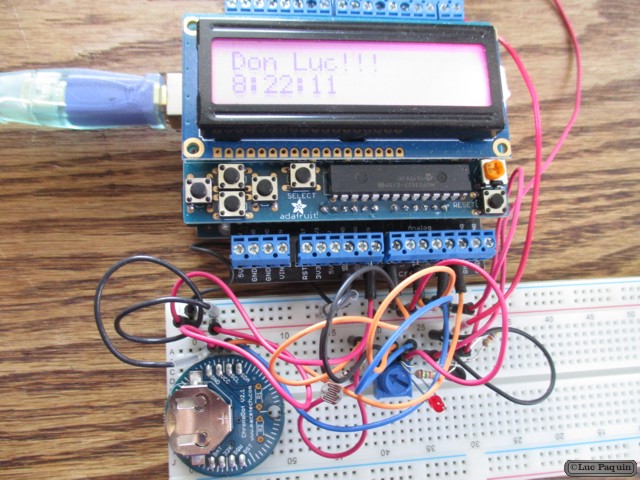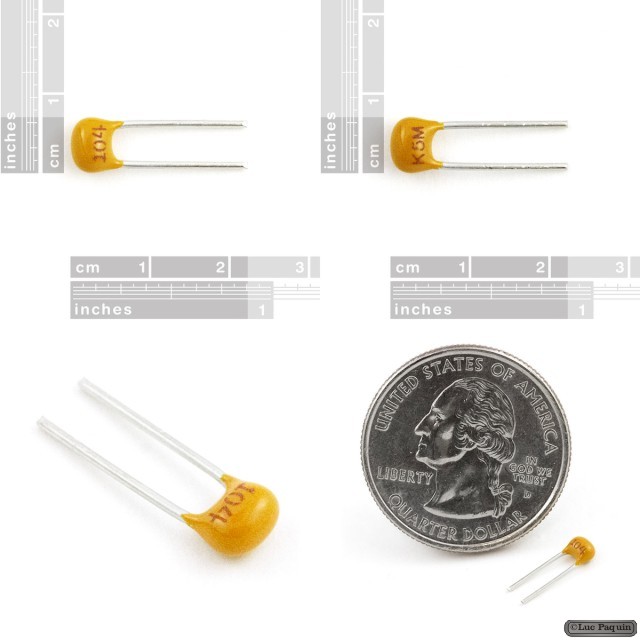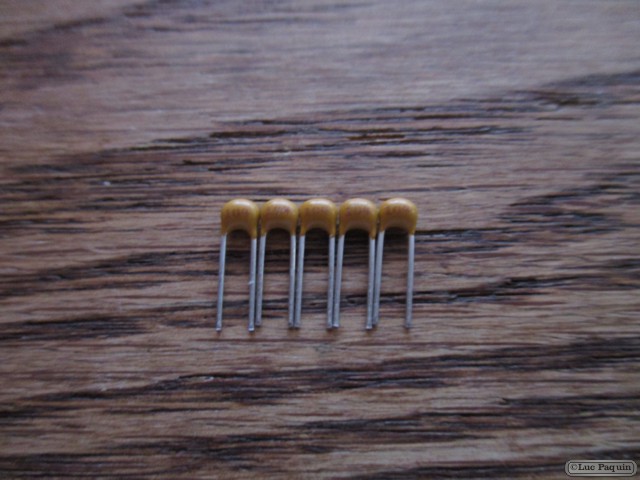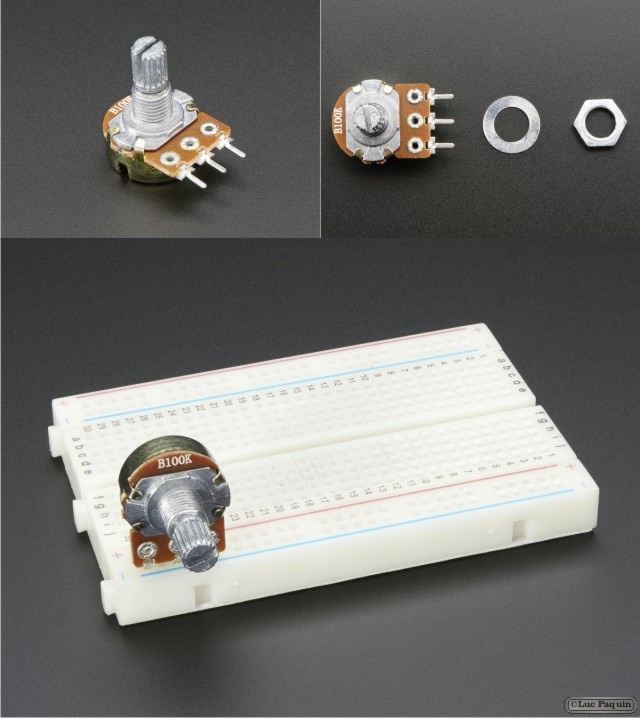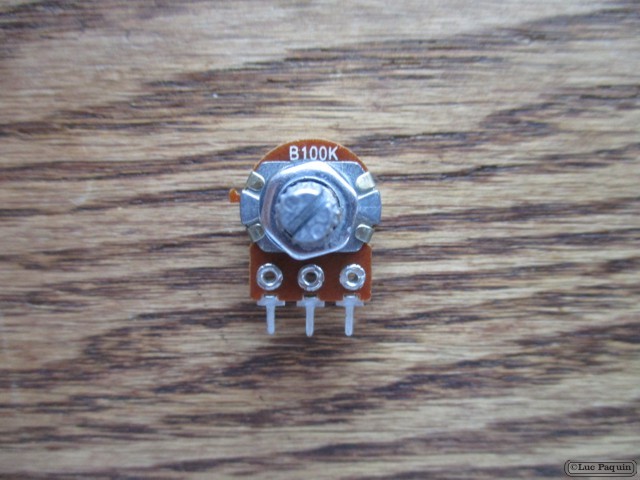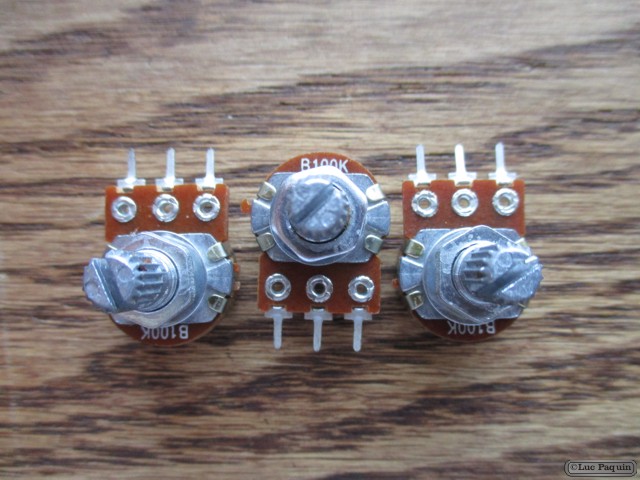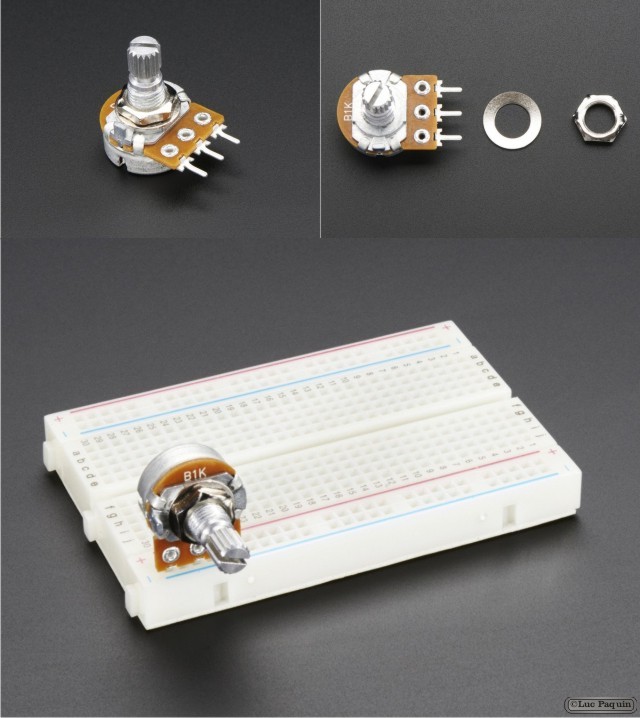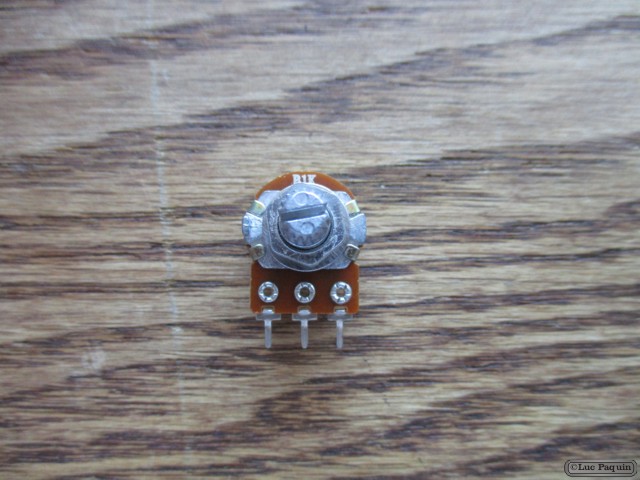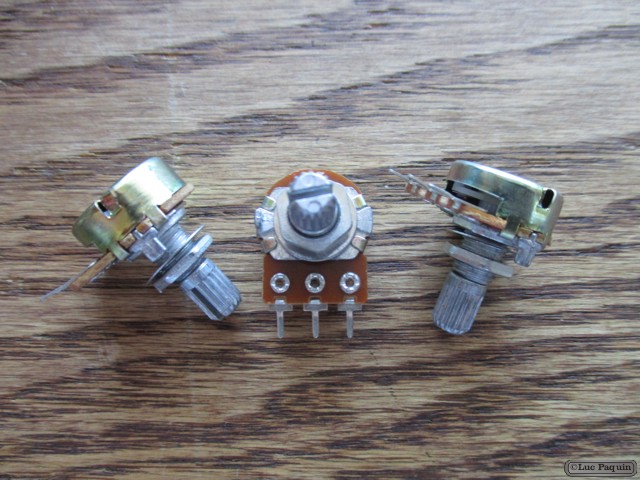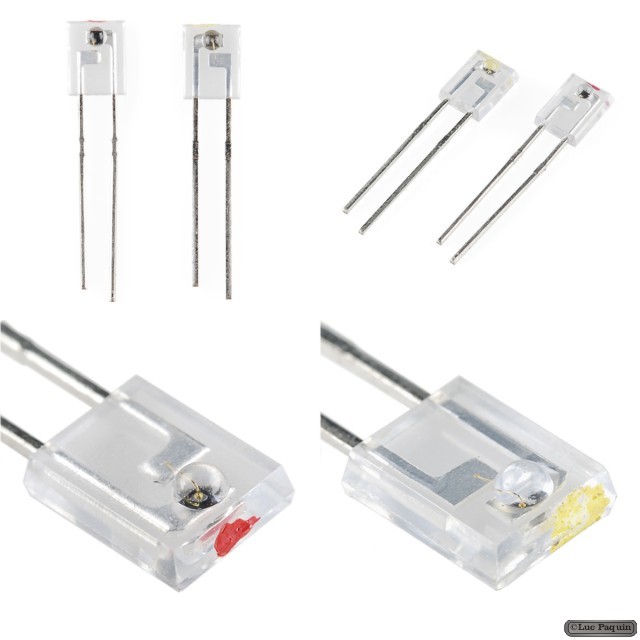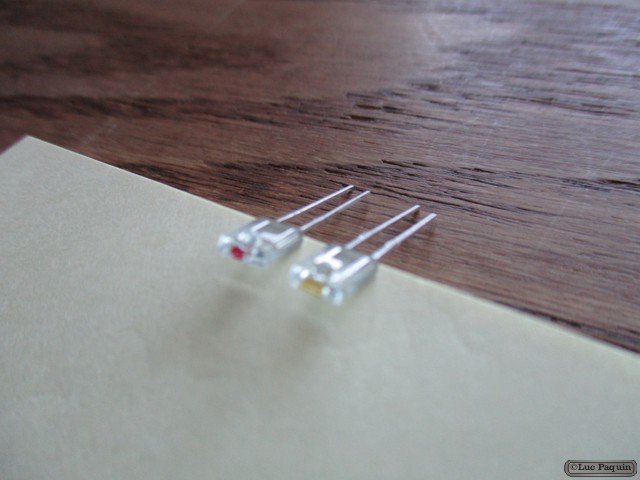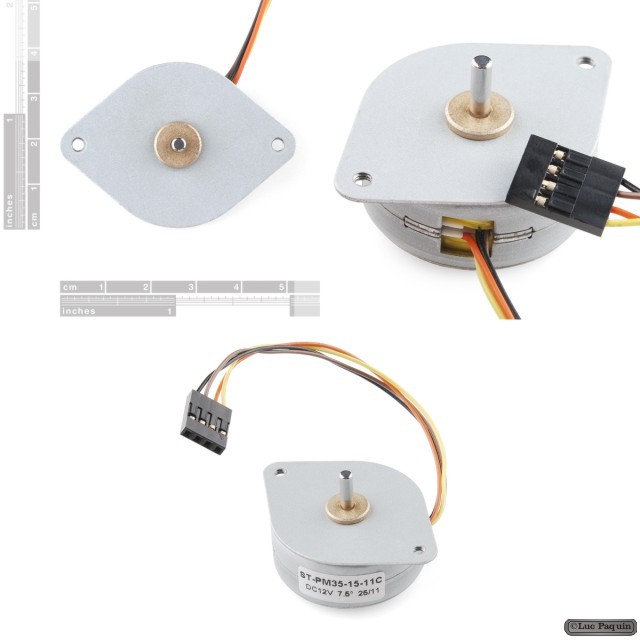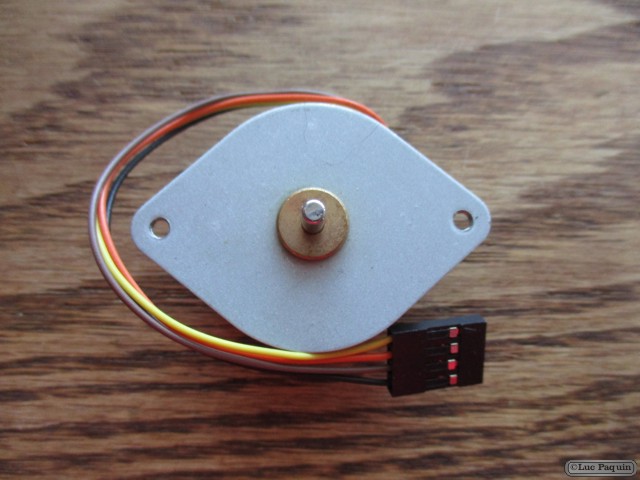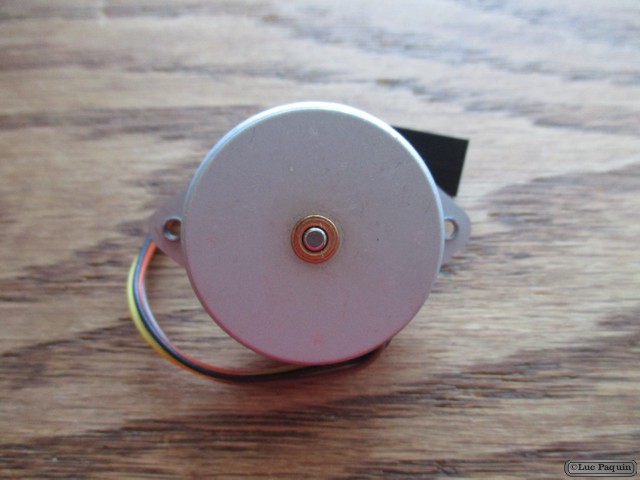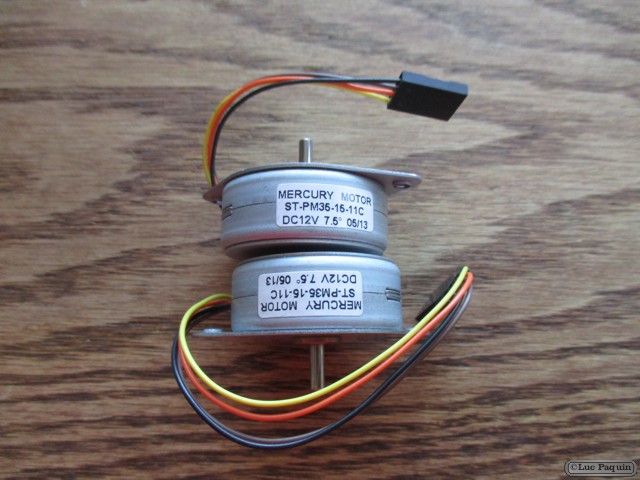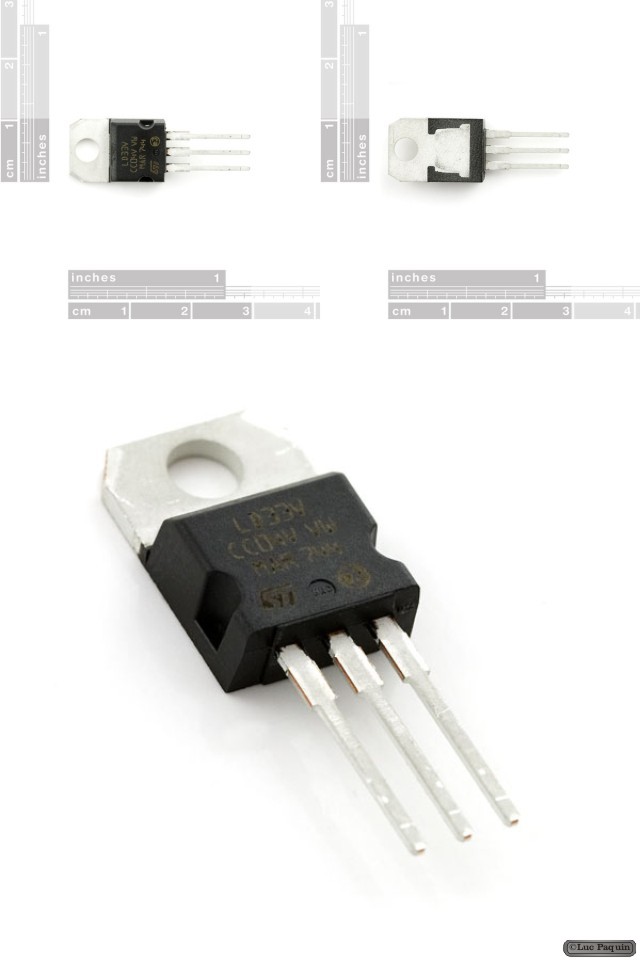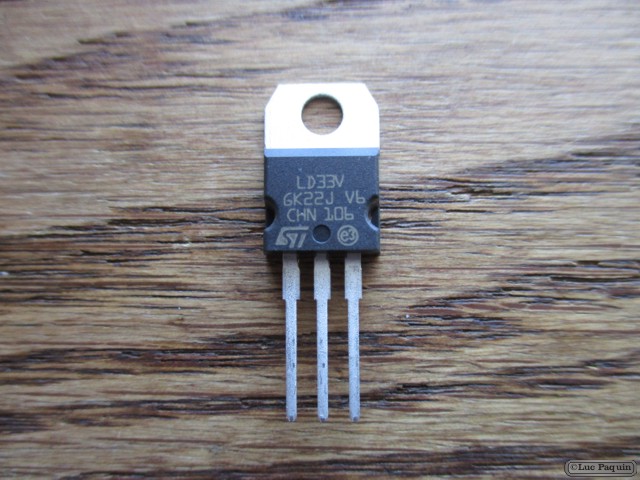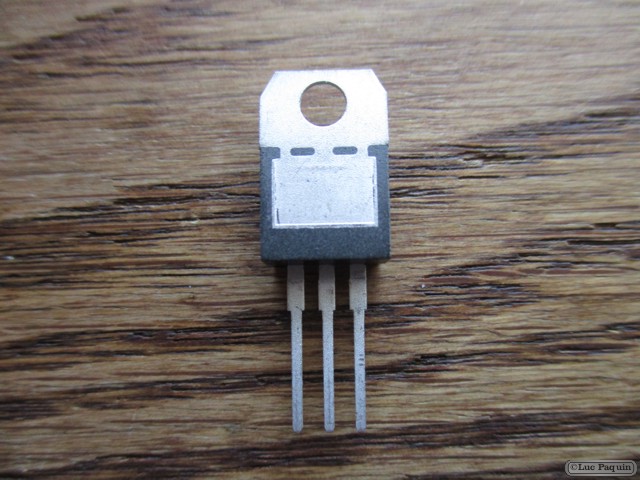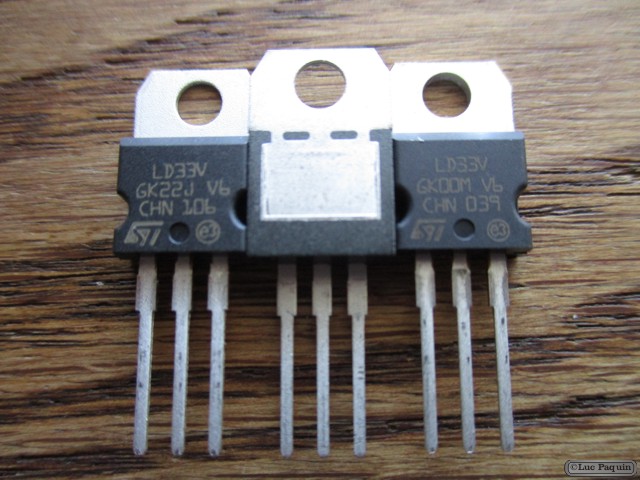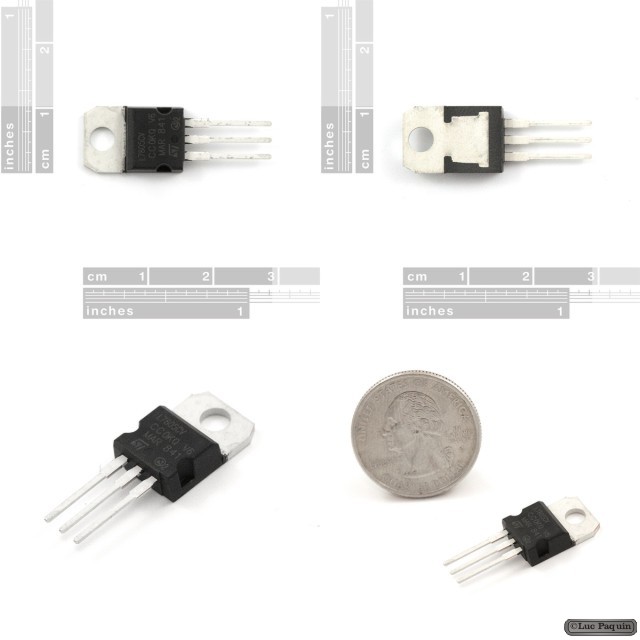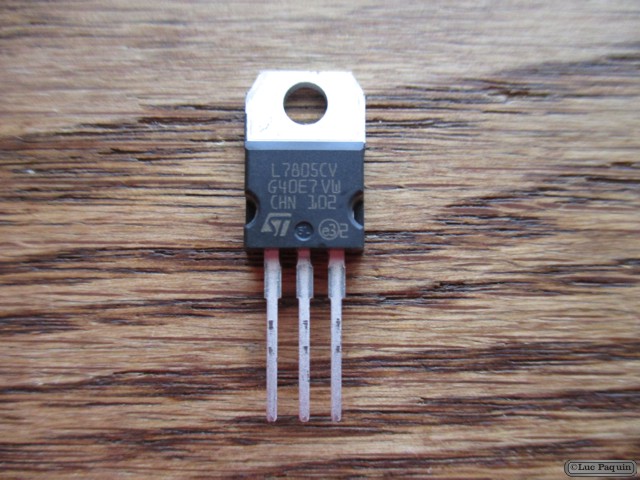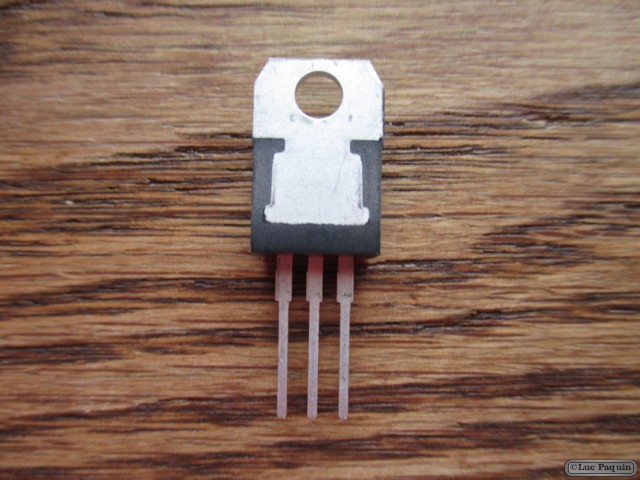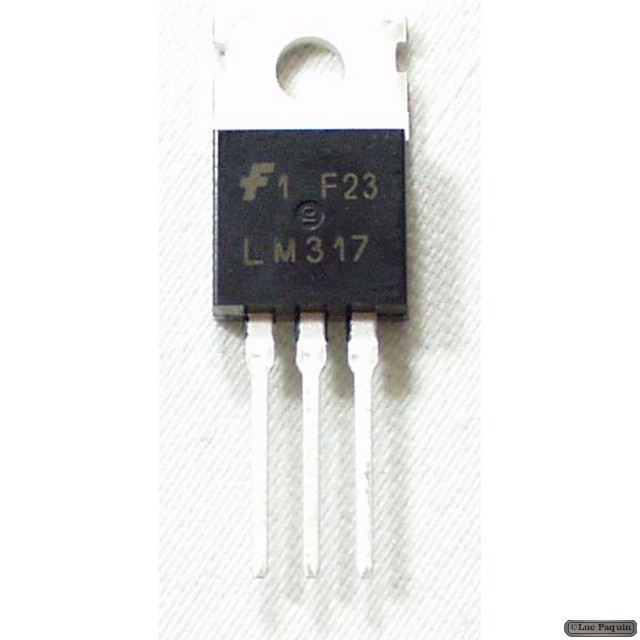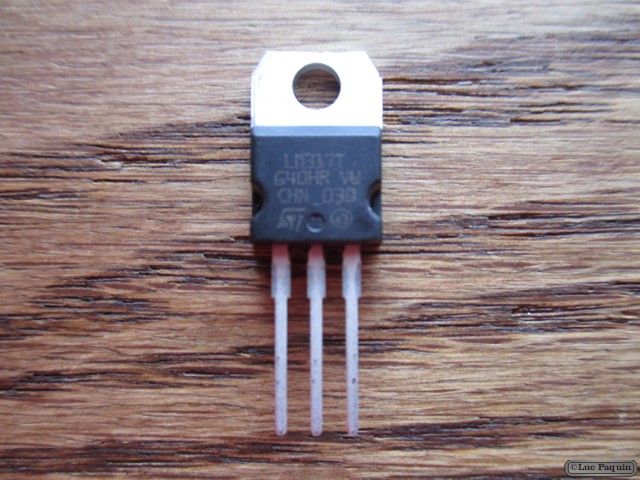Digital Electronics
Digital Electronics
Adafruit – RGB LCD Shield Kit w/ 16×2 Character Display – Only 2 pins used! – Positive Display
Adafruit: 716
Description
This new Adafruit shield makes it easy to use a 16×2 Character LCD. We really like the RGB LCDs we stock in the shop both the RGB negative and RGB positive. Unfortunately, these LCDs do require quite a few digital pins, 6 to control the LCD and then another 3 to control the RGB backlight for a total of 9 pins. That’s half of the pins available on a classic Arduino!
With this in mind, we wanted to make it easier for people to get these LCD into their projects so we devised a shield that lets you control a 16×2 Character LCD, up to 3 backlight pins AND 5 keypad pins using only the two I2C pins on the Arduino! The best part is you don’t really lose those two pins either, since you can stick i2c-based sensors, RTCs, etc and have them share the I2C bus. This is a super slick way to add a display without all the wiring hassle.
This shield is perfect for when you want to build a stand-alone project with its own user interface. The 4 directional buttons plus select button allows basic control without having to attach a bulky computer.
The shield is designed for ‘classic’ Arduinos such as the Uno, Duemilanove, Diecimilla, etc. It uses the I2C pins at Analog 4 and Analog 5. It will also work perfectly with Arduino Mega R3’s which have the extra SDA/SCL I2C pins broken out. Earlier Mega’s have the I2C pins in a different location and will require you to solder two wires from the I2C pins on the shield and plug them into the different I2C locations at Digital 20 & 21. This shield will not fit easily on top of an Arduino Ethernet because of the Ethernet jack height. You can use a set of stacking headers to give the shield more ‘lift’ above the jack.
This product comes as a kit! Included is a high quality, USA-made PCB and all the components (buttons, header etc). This product comes with a 16×2 RGB positive. Assembly is easy, even if you’ve never soldered before and the kit can be completed in 30 minutes. Check the product tutorial page for assembly instructions before purchasing
Of course, we even wrote an easy-to-use Arduino library that you can easily add to your project. It acts just like the built in LiquidCrystal library, but automatically uses the shield pins. You can also easily query the 5 keypad buttons to get input through the library, so you get extra buttons without using any more pins. The buttons are automatically de-bounced inside the library.
At this time, the library and shield can control the RGB backlight of our character LCDs by turning each LED on or off. This means you can display the following colors: Red, Yellow, Green, Teal, Blue, Violet, White and all off. There is no support for PWM control of the backlight at this time, so if you need to have more granular control of the RGB backlight to display a larger range of colors, this shield can’t do that (the I2C expander does not have PWM output).
Technical Details
- Dimensions: 2.1″ x 3.2″
- Comes with a 16×2 RGB backlight LCD, positive display
- Plug and play with any Arduino ‘classic’ – UNO, duemilanove, diecimilla, etc as well as Arduino Mega R3.
- Uses only the I2C pins – Analog 4 & 5 on classic Arduinos, Digital 20 and 21 on Arduino Mega R3
- This board/chip uses I2C 7-bit address 0x20
- Mounting hole size is 2.5mm
Don Luc
Adafruit – ChronoDot – Ultra-precise Real Time Clock – v2.1
Adafruit: 255
Description
The ChronoDot RTC is an extremely accurate real time clock module, based on the DS3231 temperature compensated RTC (TCXO). It includes a CR1632 battery (not shown, but included in the product) which should last at least 8 years if the I2C interface is only used while the device has 5V power available. No external crystal or tuning capacitors are required.
The top side of the Chronodot now features a battery holder for 16mm 3V lithium coin cells. It should work fine for CR1620 – CR1632 batteries.
The DS3231 has an internal crystal and a switched bank of tuning capacitors. The temperature of the crystal is continously monitored, and the capacitors are adjusted to maintain a stable frequency. Other RTC solutions may drift minutes per month, especially in extreme temperature ranges…the ChronoDot will drift less than a minute per year. This makes the ChronoDot very well suited for time critical applications that cannot be regularly synchronized to an external clock.
The ChronoDot will plug into a standard solderless breadboard and also has mounting holes for chassis installation.
The I2C interface is very straightforward and virtually identical to the register addresses of the popular DS1337 and DS1307 RTCs, which means that existing code for the Arduino, Basic Stamp, Cubloc, and other controllers should work with no modification.
Technical Details
Dimensions (without battery):
- Length: 30.4mm/1.2in diameter
- Height: 14.1mm/0.55in
- Weight: 4 g
- This board/chip uses I2C 7-bit address 0x68
Don Luc
SparkFun – Capacitor Ceramic 0.1uF
Adafruit – Panel Mount 100K potentiometer (Breadboard Friendly) – 100KB
Adafruit: 1831
Description
This potentiometer is a two-in-one, good in a breadboard or with a panel. Its a fairly standard linear taper 100K ohm potentiometer, with a grippy shaft. Its smooth and easy to turn, but not so loose that it will shift on its own. We like this one because the legs are 0.2″ apart with pin-points, so you can plug it into a breadboard or perfboard. Once you’re done prototyping, you can drill a hole into your project box and mount the potentiometer that way.
Technical Details
Dimensions:
- Body: 16mm / 0.6″
- Body Circumference: 50mm / 2″
- Shaft Length: 15mm / 0.6″
- Weight: 6g
- 100K ohm potentiometer, linear taper
- 100,000 Cycle Life
- Rotational Travel: 300 °
- Static Stop Strength: 90 oz-in
- Rotational Torque: 0.5 to 1.25 oz-in
Don Luc
Adafruit – Panel Mount 1K potentiometer (Breadboard Friendly) – 1K Linear
Adafruit: 1789
Description
This 1K potentiometer is a two-in-one, good in a breadboard or with a panel. Its a fairly standard linear taper 1K ohm potentiometer, with a grippy shaft. Its smooth and easy to turn, but not so loose that it will shift on its own. We like this one because the legs are 0.2″ apart with pin-points, so you can plug it into a breadboard or perfboard. Once you’re done prototyping, you can drill a hole into your project box and mount the potentiometer that way.
Technical Details
- 1K ohm potentiometer, linear taper
- 100,000 Cycle Life
- Power: 0.2W
- Rotational travel: 300 °
- Static Stop Strength: 90 oz-in
- Rotational Torque: 0.5 to 1.25 oz-in
Don Luc
SparkFun – Infrared Emitters and Detectors
SparkFun: SEN-00241
Description: Side-looking Infrared Emitters and IR Detectors. These simple devices operate at 940nm and work well for generic IR systems including remote control and touch-less object sensing. Using a simple ADC on any microcontroller will allow variable readings to be collected from the detector. The emitter is driven up to 50mA with a current limiting resistor as with any LED device. The detect is a NPN transistor that is biased by incoming IR light.
Don Luc
SparkFun – Small Stepper Motor
SparkFun: ROB-10551
Description: These small steppers are a great way to get things moving, especially when positioning and repeatability is a concern.
When using a current limiting driver such as the Easydriver or Big Easydriver, a 12 volt power supply can be used as long as you adjust the current level to 400mA or less. If using a non current limited driver (like a L293D or an H-bridge) you will need to lower your input voltage to keep the motor current below 400mA.
This is a Bipolar motor.
Features:
- Stride Angle (degrees): 7.5
- 2-Phase
- Rated Voltage: 12V
- Rated Current: 400mA
- 3mm Diameter Drive Shaft
- 4-Wire Cable Attached
- In-traction Torque: 100 g/cm
Don Luc
SparkFun – Voltage Regulator – 3.3V
SparkFun: COM-00526
Description: This is the basic LD33V voltage regulator, a low drop positive regulator with a 3.3V fixed output voltage. This fixed regulator provides a great amount of stability and protection for your project and with its on ship trimming this regulator is able to reach an output voltage tolerance within ±1%. Each one of these voltage regulators can output a max current of 800mA.
Features:
- Output Voltage: 3.3V
- Output Current: 800mA
- Dropout Voltage: 1V
- Internal Current and Thermal Limit
Don Luc
SparkFun – Voltage Regulator – 5V
SparkFun: COM-00107
Description: This is the basic L7805 voltage regulator, a three-terminal positive regulator with a 5V fixed output voltage. This fixed regulator provides a local regulation, internal current limiting, thermal shut-down control, and safe area protection for your project. Each one of these voltage regulators can output a max current of 1.5A.
Features:
- Output Voltage: 5V
- Output Current: 1.5A
- Thermal Overload Protection
- Short Circuit Protection
- Output Transition SOA Protection
Don Luc
SparkFun – Voltage Regulator – Adjustable
SparkFun: COM-00527
Description: This is the LM317TG voltage regulator, a three-terminal positive regulator with a 1.2V to 37V adjustable output voltage. This adjustable regulator provides a local regulation, internal current limiting, thermal shut-down control, and safe area protection for your project. Did we mention that this guy is easy to use? It only requires two external resistors to set the output voltage. Each one of these voltage regulators can output a max current of 1.5A.
Features:
- Output Voltage: 1.2V – 37V Adjustable
- Output Current: 1.5A
- Thermal Overload Protection
- Short Circuit Protection
- Output Transistor Safe
- Floating Operation for High Voltage Applications
Don Luc
